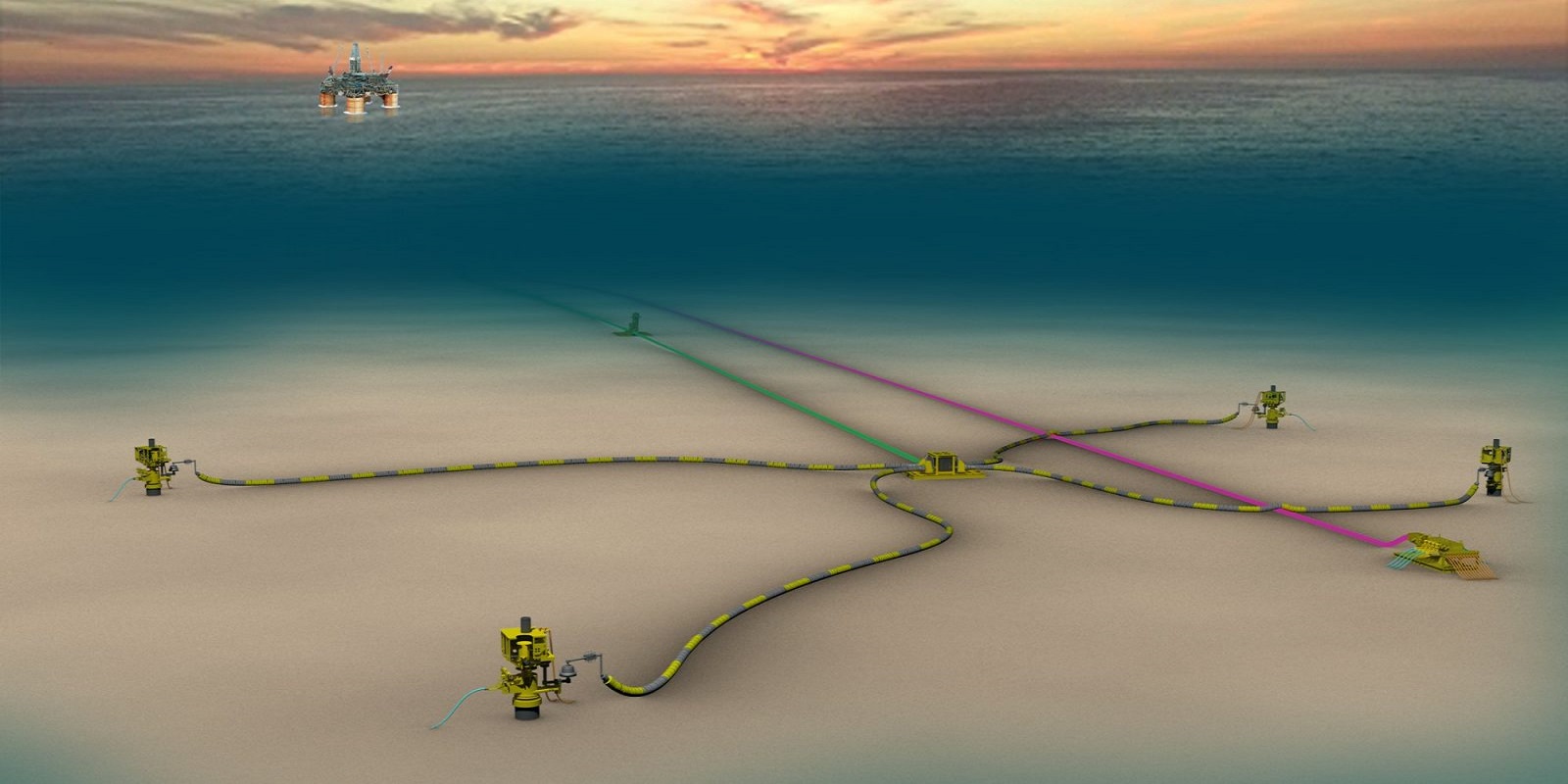
Shell adds competitive, deep-water production in the U.S. Gulf of Mexico

Shell Offshore, Inc, a subsidiary of Royal Dutch Shell plc, announces the early start of production – around one-year ahead of schedule – at the first phase of Kaikias, an economically resilient, subsea development in the US. Gulf of Mexico with estimated peak production of 40,000 barrels of oil equivalent per day (boe/d).
Shell reported this on May 31, 2018.
Cycle time from discovery to production for Kaikias phase one is less than four-years.
Shell has reduced costs by around 30% at this deep-water project since taking the investment decision in early 2017, lowering the forward-looking, break-even price to less than $30 per barrel of oil.
“We believe Kaikias is the most competitive subsea development in the Gulf of Mexico and a prime example of the deep-water opportunities we’re able to advance with our technical expertise and capital discipline”, – said Andy Brown, Upstream Director, Royal Dutch Shell. “In addition to accelerating production for Kaikias, we reduced costs with a simplified well design and the incorporation of existing subsea and processing equipment”.
Kaikias is located in the prolific Mars-Ursa basin around 130 miles (210 kilometers) from the Louisiana coast and is owned by Shell (80% working interest), as operator, and MOEX North America LLC (20% working interest), a wholly owned subsidiary of Mitsui Oil Exploration Co., Ltd.
The Kaikias development, placed in around 4,500 feet (1,372 meters) of water, sends production from its four wells to the Shell-operated (45%) Ursa hub, which is co-owned by BP (23%), Exxon Mobil (16%), and ConocoPhillips (16%). From the Ursa hub, volumes ultimately flow into the Mars oil pipeline.
Royal Dutch Shell pioneered the deep-water industry 40 years ago.
In the first quarter of 2018, Shell deep water produced around 731,000 boe/d, globally.
Over the past four years, the company’s sharp focus on competitive growth has led to planned cuts of around 45% on average for both global deep-water unit development and operating costs.
